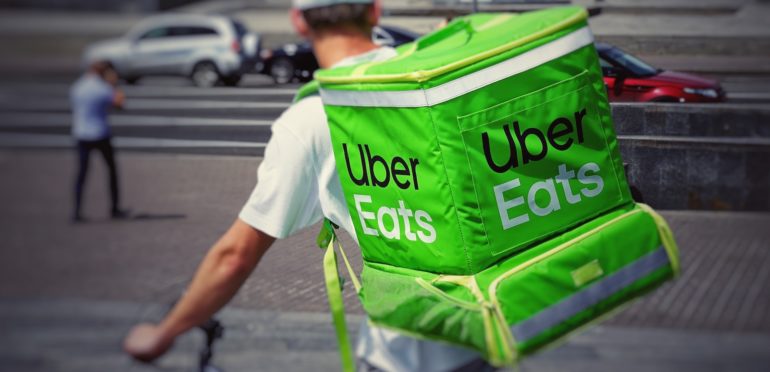Uber reported $382 million in free cash flow for the first time, indicating that the carpool company’s “hardcore” push to cut expenses is beginning to pay off, even as the economy cools.
Uber is still losing money, although it is primarily due to its investments in other firms. In the second quarter of 2022, the corporation announced a record revenue of $8.1 billion, a 105 percent increase over the same period the previous year. It also said that it lost $2.6 billion, the majority of which was due to its stock stakes in Aurora, Grab, and Zomato. It also suffered a $470 million loss in stock-based compensation.
Overall, Uber outperformed forecasts, owing mostly to growth in its ride-sharing and delivery operations. Gross bookings, or total consumer payments to Uber before driver compensation and other fees or discounts, increased by 33% year on year to $29.1 billion. Mobility received $13.4 billion, while delivery received $13.9 billion.
This quarter, people took 1.87 billion Uber journeys, or 21 million trips every day. The number of rides has increased by 24 percent year over year.
However, the positive cash flow, which shows that Uber is currently making more money from its business operations than it is losing, is the frosting on the cake for Dara Khosrowshahi, the company’s CEO, who declared earlier this year that Uber would have to go “hardcore about expenses.”
Knowing that traditional profitability might be elusive for the company, Khosrowshahi set the goal of achieving profitability on a free cash flow basis rather than adjusted earnings before interest, taxes, depreciation, and amortization (EBITDA), noting that this is what the company’s institutional investors expected.
Uber has long been chastised for the manner in which it calculates its adjusted profitability. EBITDA, as defined by the corporation, has an exceptionally long list of exclusions and is often regarded as an erroneous assessment of the company’s total profitability.
Uber’s operation is nevertheless fraught with uncertainties, including legal squabbles over how the firm defines its drivers. A state court in Massachusetts recently threw down a referendum proposition pushed by Uber and Lyft that would have established ridesharing drivers as independent contractors.
Nonetheless, the firm seems to be doing a better job of bringing new drivers to the platform, citing a 31 percent rise year over year to 5 million drivers worldwide. A countrywide driver scarcity pushed Uber to overspend on driver incentives earlier this year, causing its stock to plummet. Last week, the business said that it will begin allowing drivers to check rates before accepting trip requests.
Since the market opened, Uber’s stock has increased by 15%.

